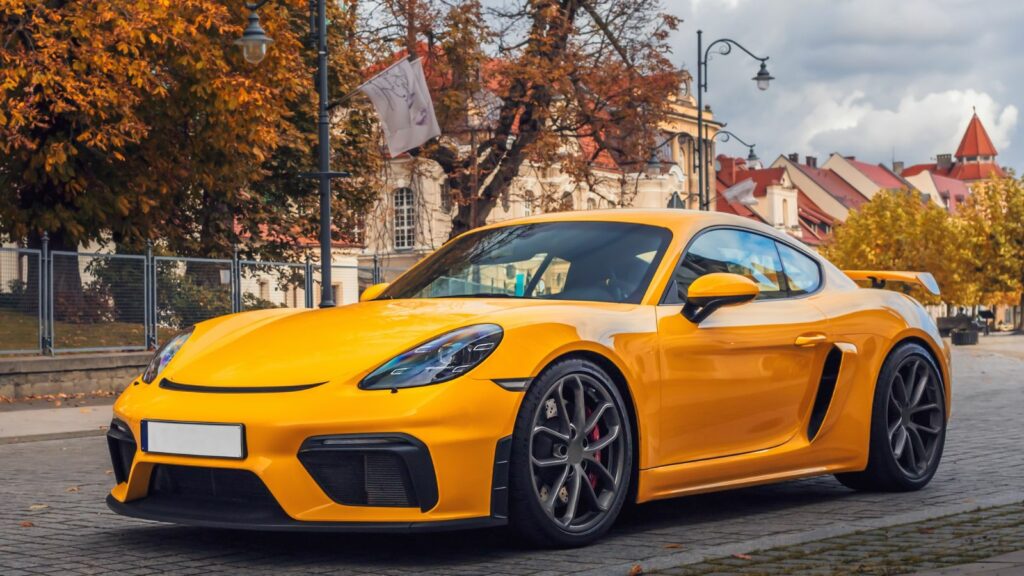In the high-octane world of hypercars, breaking records isn’t just a goal; it’s a necessity. These engineering marvels push the boundaries of what’s possible on four wheels. Before they even hit the tarmac, some hypercars have already etched their names into the annals of automotive history. From blistering top speeds to revolutionary technologies, these pre-launch legends are more than just cars—they are a glimpse into the future of performance. Here are 15 hypercars that shattered records before turning a wheel on the road.
Bugatti Chiron Super Sport 300+
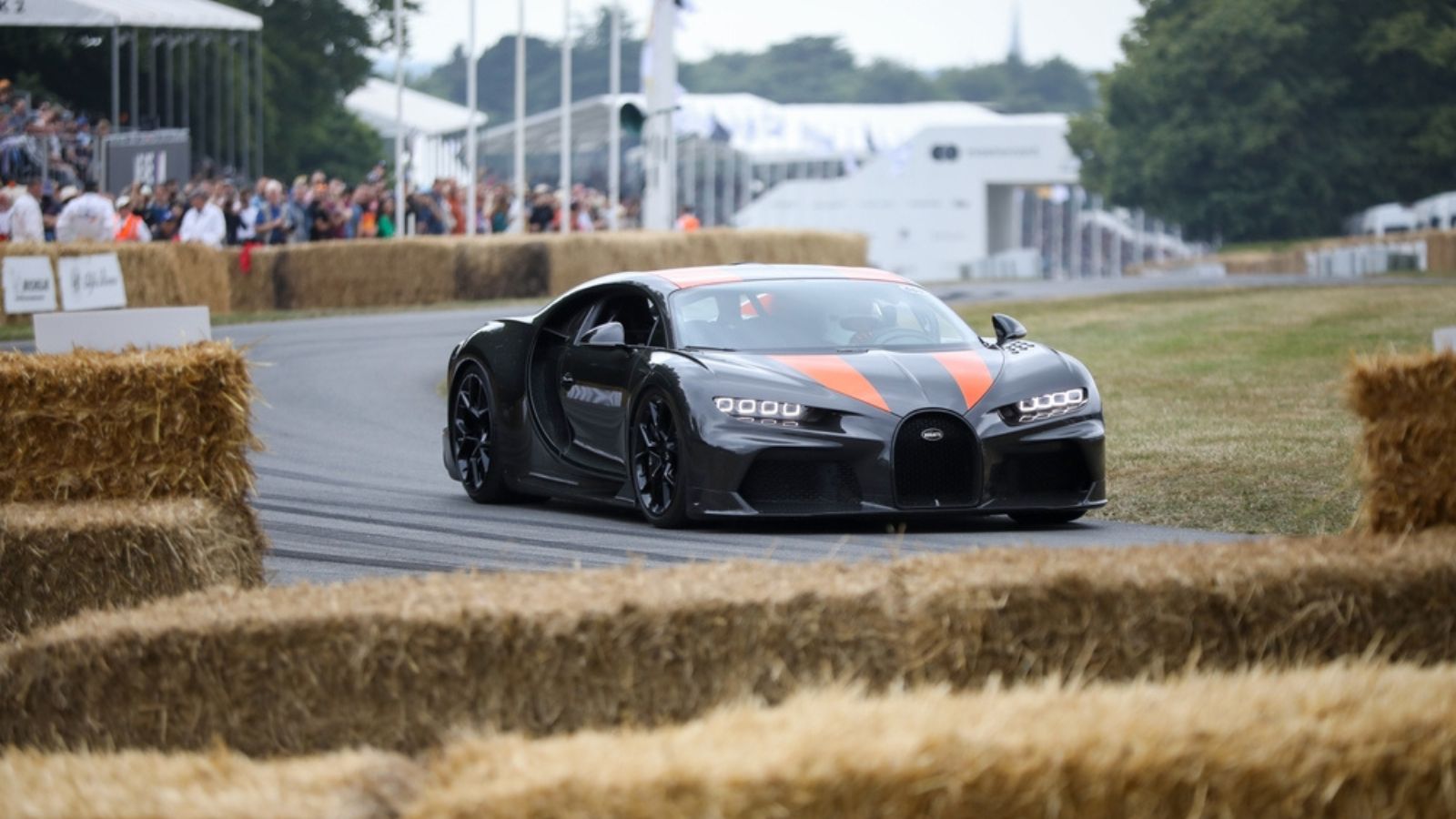
Before the Bugatti Chiron Super Sport 300+ even saw the light of day, it was already making waves for its unprecedented speed capabilities. This hypercar continues Bugatti’s legacy of pushing the boundaries of speed. The “300+” in its name signifies its record-breaking achievement of surpassing 300 mph. In 2019, a pre-production model hit an astonishing 304.77 mph, making it the first car to break the 300-mph barrier. The Chiron Super Sport 300+ achieves this feat thanks to its quad-turbocharged 8.0-liter W16 engine, which produces an earth-shattering 1,578 horsepower. The design and engineering of this car were also revolutionary. Bugatti employed lightweight materials like carbon fiber to reduce drag, while the extended body and redesigned rear end improved aerodynamic efficiency.
Koenigsegg Jesko Absolut
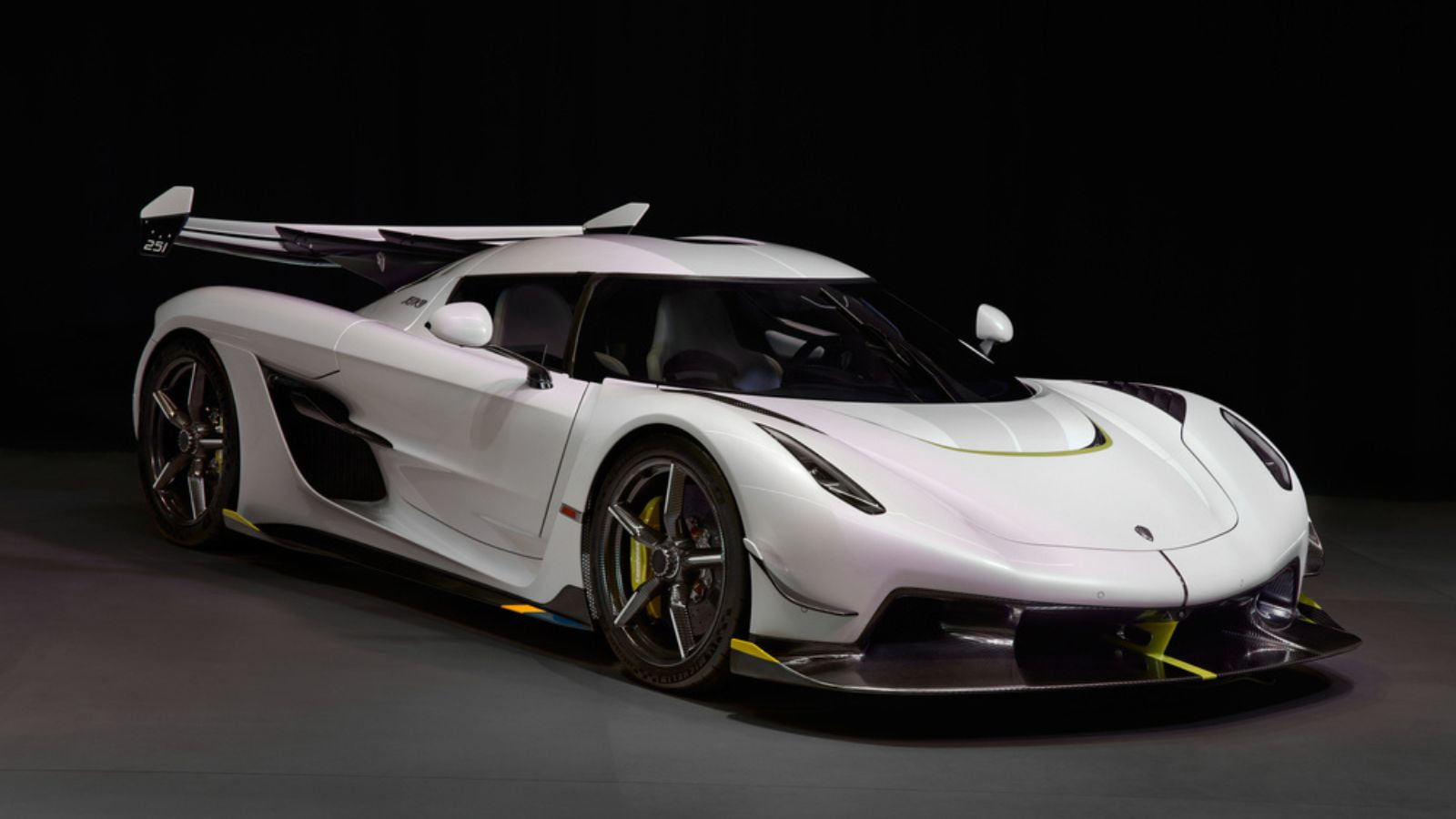
The Koenigsegg Jesko Absolut was unveiled with one goal: To become the fastest car in the world. The Jesko Absolut is the successor to the Agera RS, which previously held the world’s fastest car title. Koenigsegg claimed that the Jesko Absolut could reach speeds of over 330 mph, thanks to its twin-turbo 5.0-liter V8 engine producing 1,600 horsepower on E85 fuel. The car’s design is heavily focused on aerodynamics, with a drag coefficient of just 0.278, one of the lowest ever recorded for a car. This hypercar also features active aerodynamics, including adjustable rear wings and front splitters, to optimize downforce at high speeds. Koenigsegg’s lightweight carbon fiber and titanium components also contributed to the Jesko Absolut’s incredible performance.
Rimac C_Two
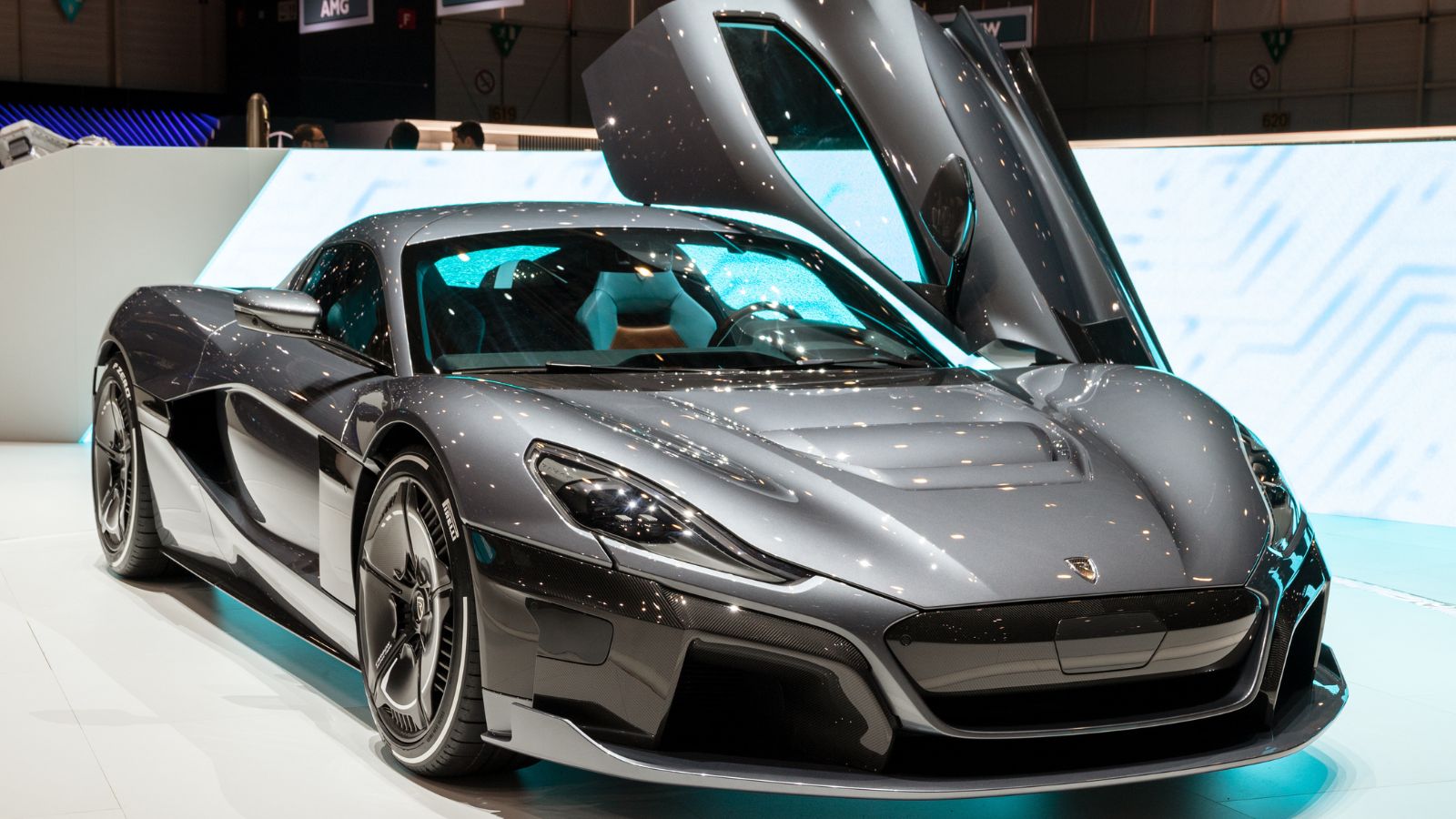
The Rimac C_Two, now known as the Rimac Nevera, is an electric hypercar that shattered records before rolling off the production line. When unveiled in 2018, the C_Two was heralded as the world’s fastest electric car, capable of hitting 0-60 mph in just 1.85 seconds and reaching 258 mph. One of the most remarkable aspects of the C_Two is its battery technology. Rimac developed a 120-kWh battery pack that provides a range of over 340 miles on a single charge. The car’s advanced cooling system ensures that the battery and motors remain at optimal temperatures, even during high-performance driving. The C_Two also features Level 4 autonomous driving capabilities, making it one of the most technologically advanced hypercars ever conceived. The Rimac C_Two is already breaking barriers and setting new standards for electric performance cars.
McLaren Speedtail

This car is McLaren’s tribute to its legendary F1 but with a futuristic twist. When unveiled in 2018, the Speedtail was already hailed as the fastest McLaren ever made, with a claimed top speed of 250 mph. This feat is achieved through a 4.0-liter twin-turbo V8 engine and an electric motor. The Speedtail’s design is also focused on achieving maximum aerodynamic efficiency. Its teardrop-shaped body, retractable digital rearview cameras, and active rear ailerons reduce drag and improve stability at high speeds. Inside, the car features a central driving position, reminiscent of the F1, surrounded by two passenger seats. The Speedtail is a blend of cutting-edge technology and classic McLaren design, making it a pre-launch legend in its own right.
SSC Tuatara
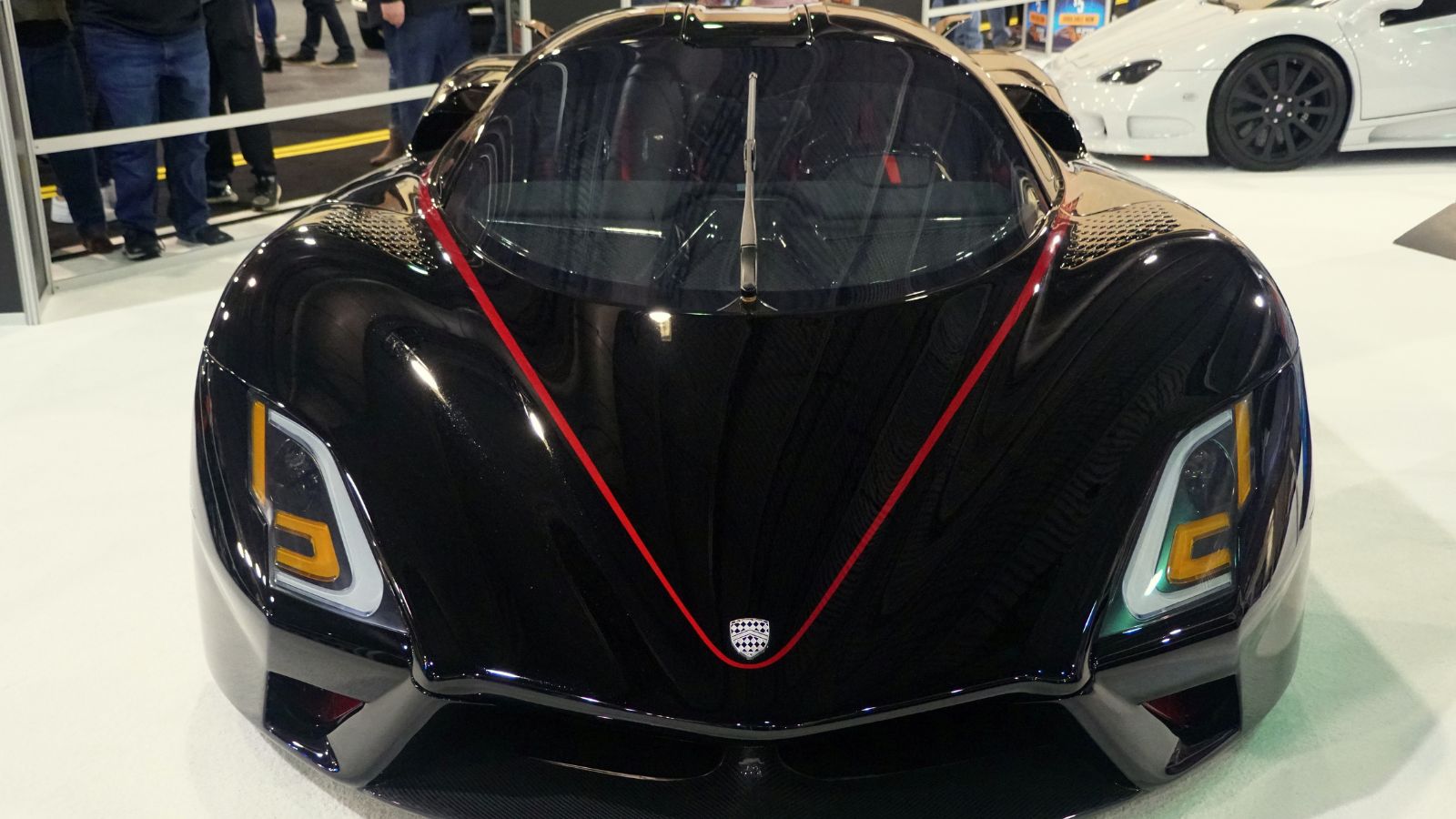
The SSC Tuatara is an American icon that set the world abuzz before its official debut. This beast achieved a top speed of 282.9 mph in January 2021, cementing its claim as one of the world’s fastest production cars. The Tuatara has a 5.9-liter twin-turbo V8 engine that produces 1,750 horsepower on E85 fuel. The car’s lightweight construction and aerodynamic design allow it to achieve incredible speeds. The Tuatara’s aerodynamic efficiency is one of its standout features. With a drag coefficient of just 0.279, it has one of the lowest drag figures of any hypercar, enabling it to slice through the air with minimal resistance. The car also features advanced active aerodynamics, including a dynamic rear wing and front splitter that adjusts to optimize downforce and stability. Although the Tuatara’s record-breaking potential was still speculative at its unveiling, it was already a hypercar destined for greatness.
Aston Martin Valkyrie
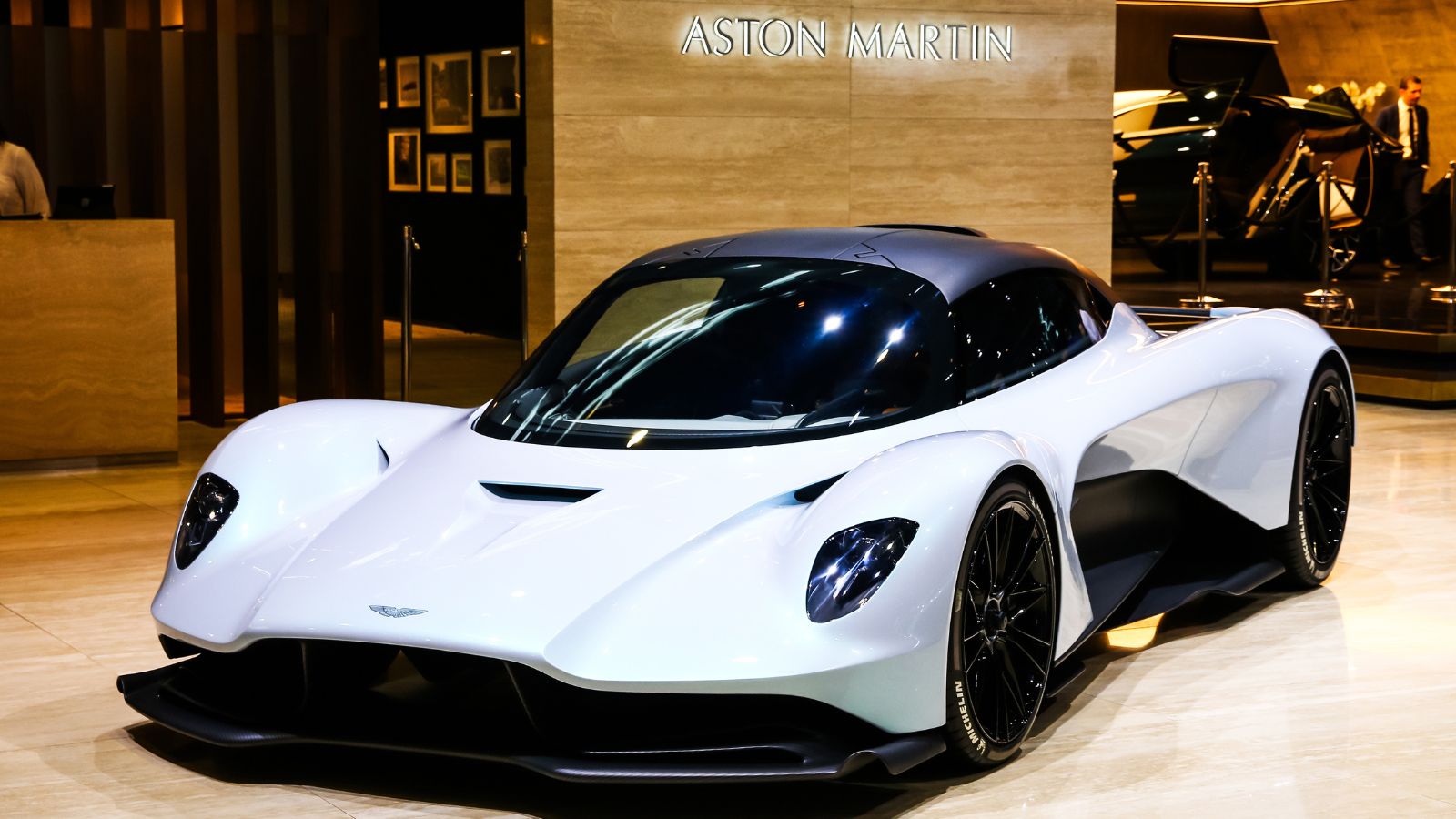
Developed in collaboration with Red Bull Racing, the Valkyrie was designed to be the ultimate expression of performance and engineering. The car is powered by a naturally aspirated 6.5-liter V12 engine developed by Cosworth, producing 1,160 horsepower and revving up to 11,000 RPM. One of the most striking aspects of the Valkyrie is its lightweight construction. The car’s chassis and body are made entirely of carbon fiber, with no steel components, resulting in a curb weight of just 2,271 pounds. The Valkyrie also features a unique active suspension system that adjusts the car’s ride height and damping based on speed and driving conditions. The Aston Martin Valkyrie practically brought Formula 1 technology to the road before it was officially released.
Ferrari SF90 Stradale
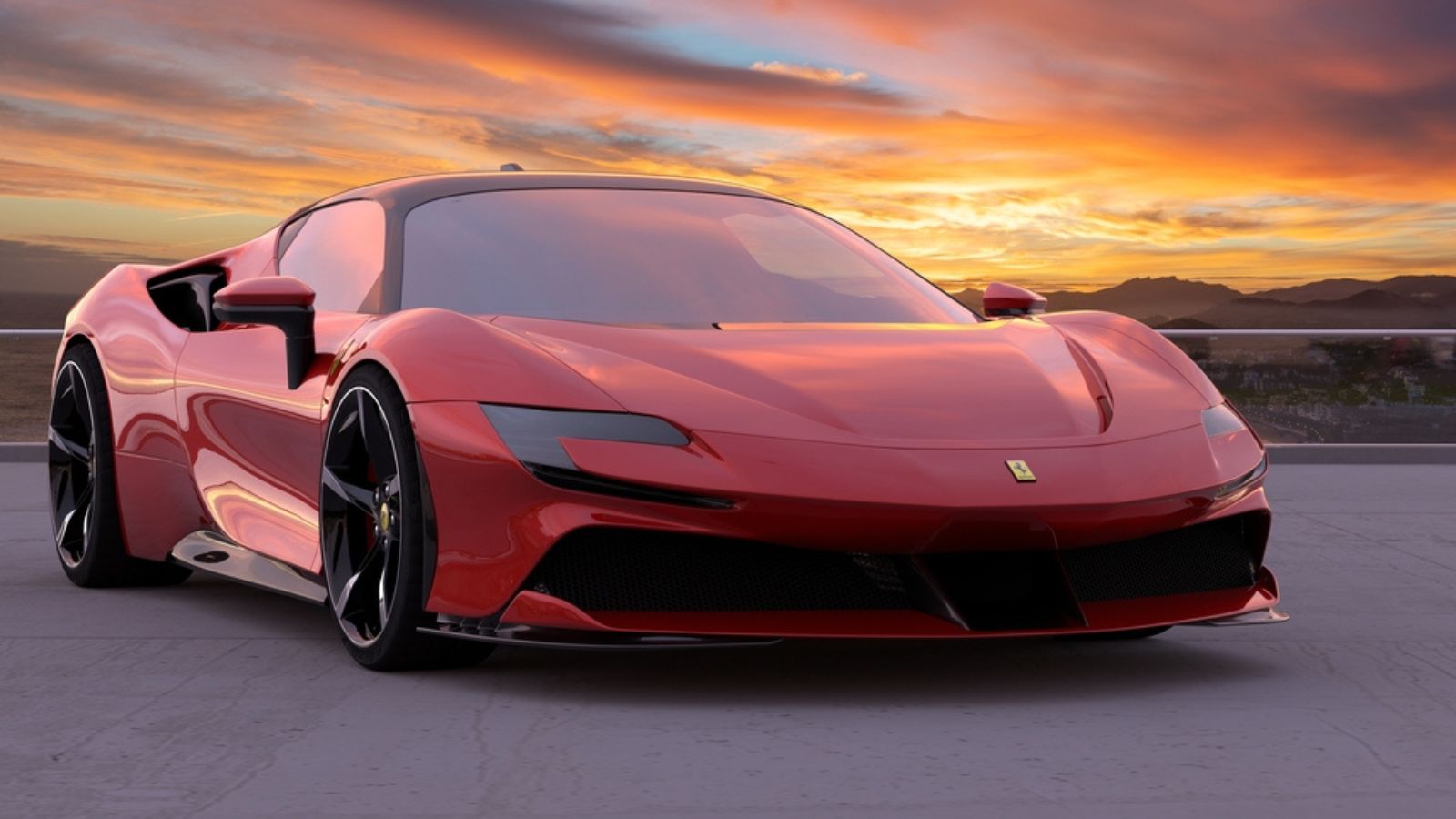
As Ferrari’s first plug-in hybrid, the SF90 Stradale represents a significant shift in the brand’s approach to performance and technology. The SF90 Stradale features advanced aerodynamics, including a retractable rear wing and active front air intakes that adjust to optimize downforce and reduce drag. Ferrari’s engineers also focused on weight reduction, using lightweight materials like carbon fiber and aluminum. The car has a 4.0-liter twin-turbo V8 engine with three electric motors, producing a combined output of 986 horsepower and a top speed of 211 mph. Inside, the SF90 Stradale boasts a futuristic cockpit with a 16-inch curved digital display and a new steering wheel design integrating touch controls. The SF90 Stradale is already setting new benchmarks for hybrid performance cars.
Lotus Evija
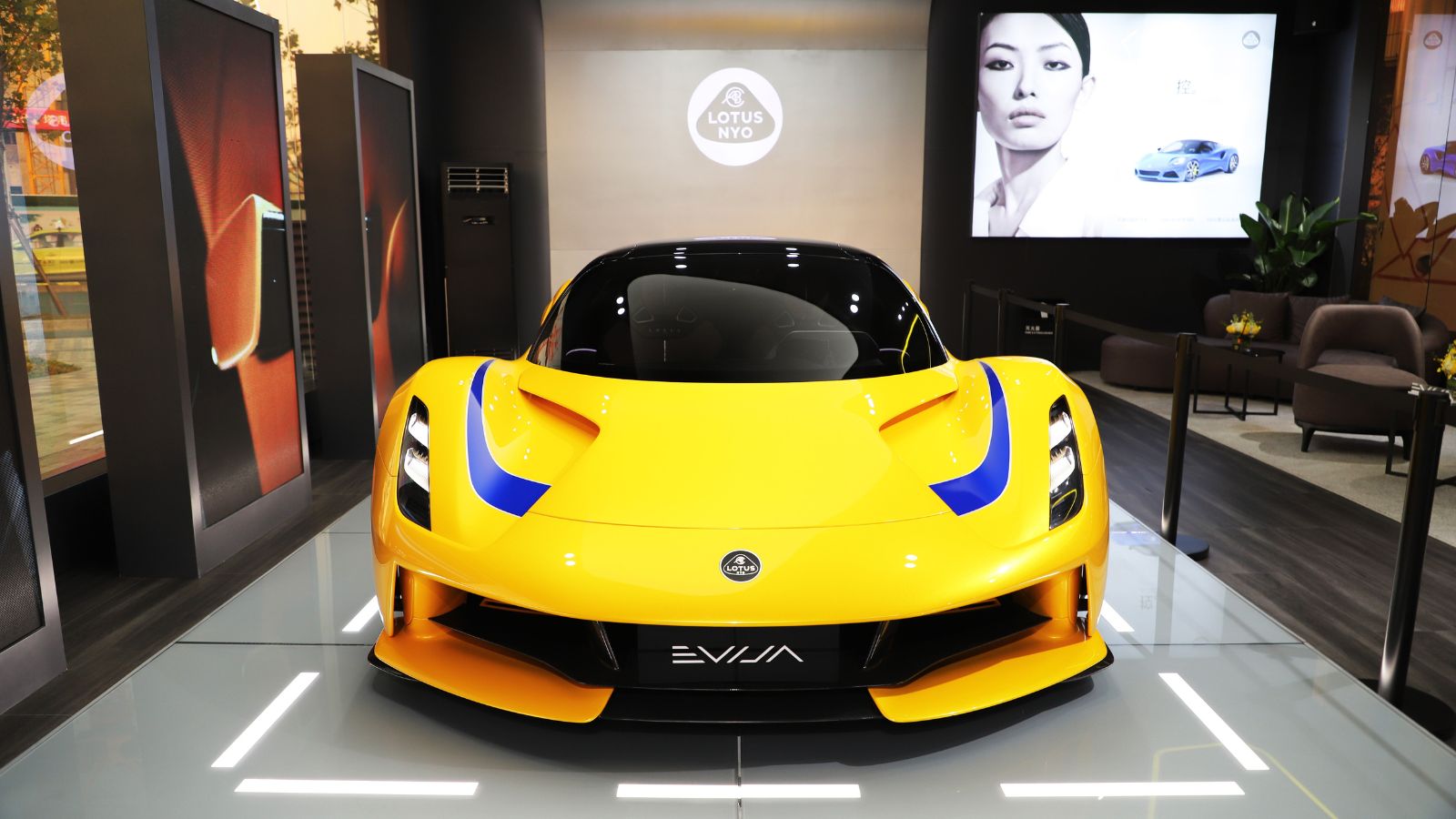
The Lotus Evija marked a new era for Lotus, making headlines with its astonishing specifications. As the brand’s first all-electric hypercar, the Evija represents a bold step into the future for Lotus. The car is powered by four electric motors, one at each wheel, delivering a combined output of 1,972 horsepower. This makes the Evija one of the most powerful production cars ever built. Evija’s performance figures are equally impressive. Lotus claims that the car can accelerate from 0 to 60 mph in under 3 seconds and reach over 200 mph. The Evija also features an innovative battery pack design, with a mid-mounted 70 kWh battery that provides a range of over 250 miles on a single charge. This hypercar already promised to revolutionize the electric performance car market.
Pagani Huayra Roadster BC

The Pagani Huayra Roadster BC was a hypercar that captivated the automotive world before turning a wheel. Following the Huayra BC coupe, the Roadster BC was designed to be the ultimate open-top hypercar. The Huayra Roadster BC’s design is a work of art focusing on aerodynamics and lightweight construction. The car features a carbon-titanium monocoque chassis and extensive use of lightweight materials, resulting in a curb weight of just 2,756 pounds. The Roadster BC also features active aerodynamics, including a rear wing and front splitters. The Pagani Huayra Roadster BC was already a legend in the making.
Lamborghini Sian FKP 37
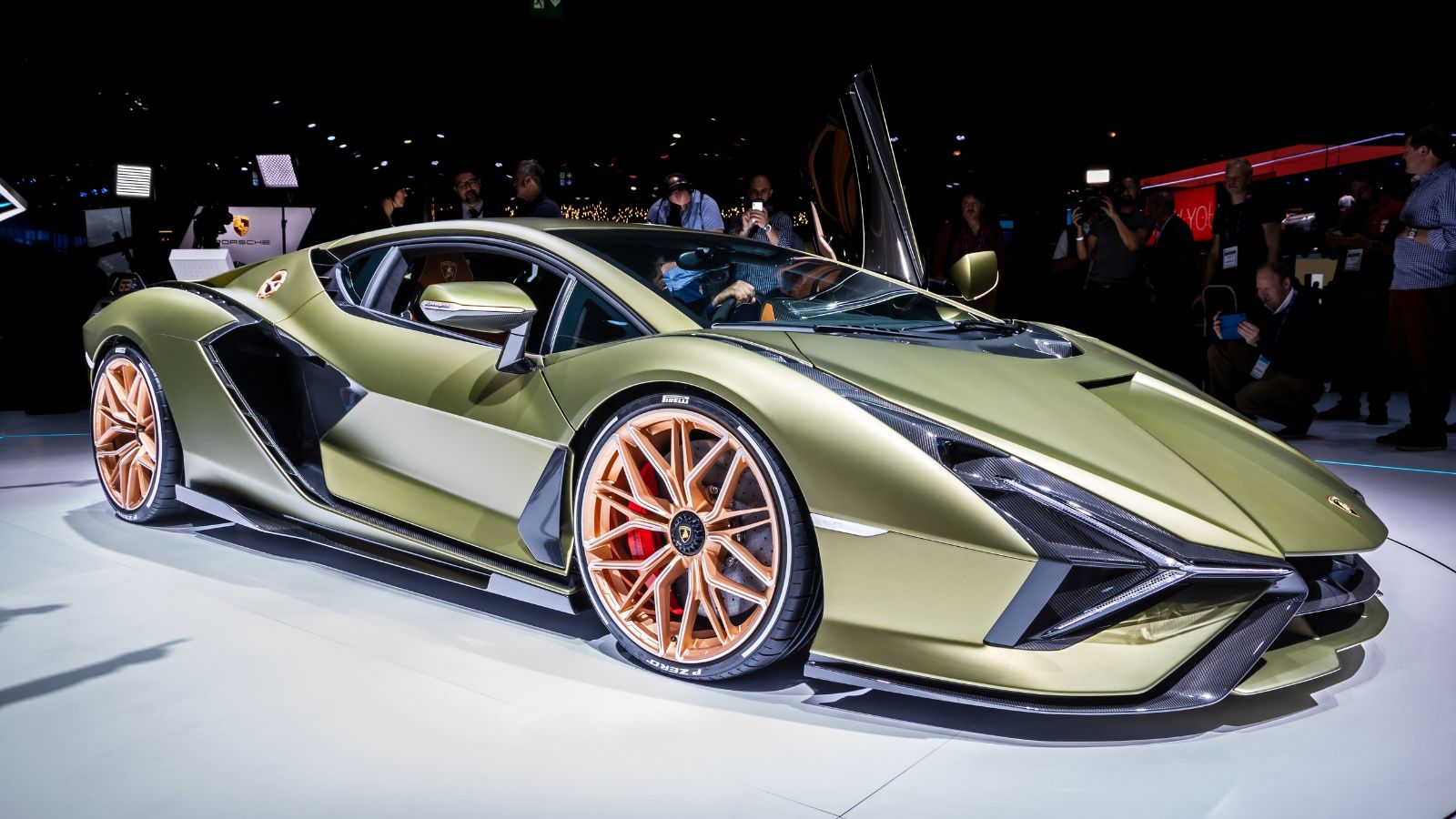
The Lamborghini Sian FKP 37 made standards with its groundbreaking hybrid technology before it even hit the streets. As Lamborghini’s first hybrid car, the Sian represents a significant step forward for the brand. One of the most innovative aspects of the Sian is its use of supercapacitors instead of traditional lithium-ion batteries. This technology allows rapid energy discharge and recharge, providing an instant power boost when needed. The car is also powered by a 6.5-liter V12 engine paired with a 48-volt mild-hybrid system, producing a combined output of 819 horsepower. The Lamborghini Sian FKP 37 was already making waves in the automotive world before its official release, setting new standards for hybrid performance cars.
Mercedes-AMG ONE
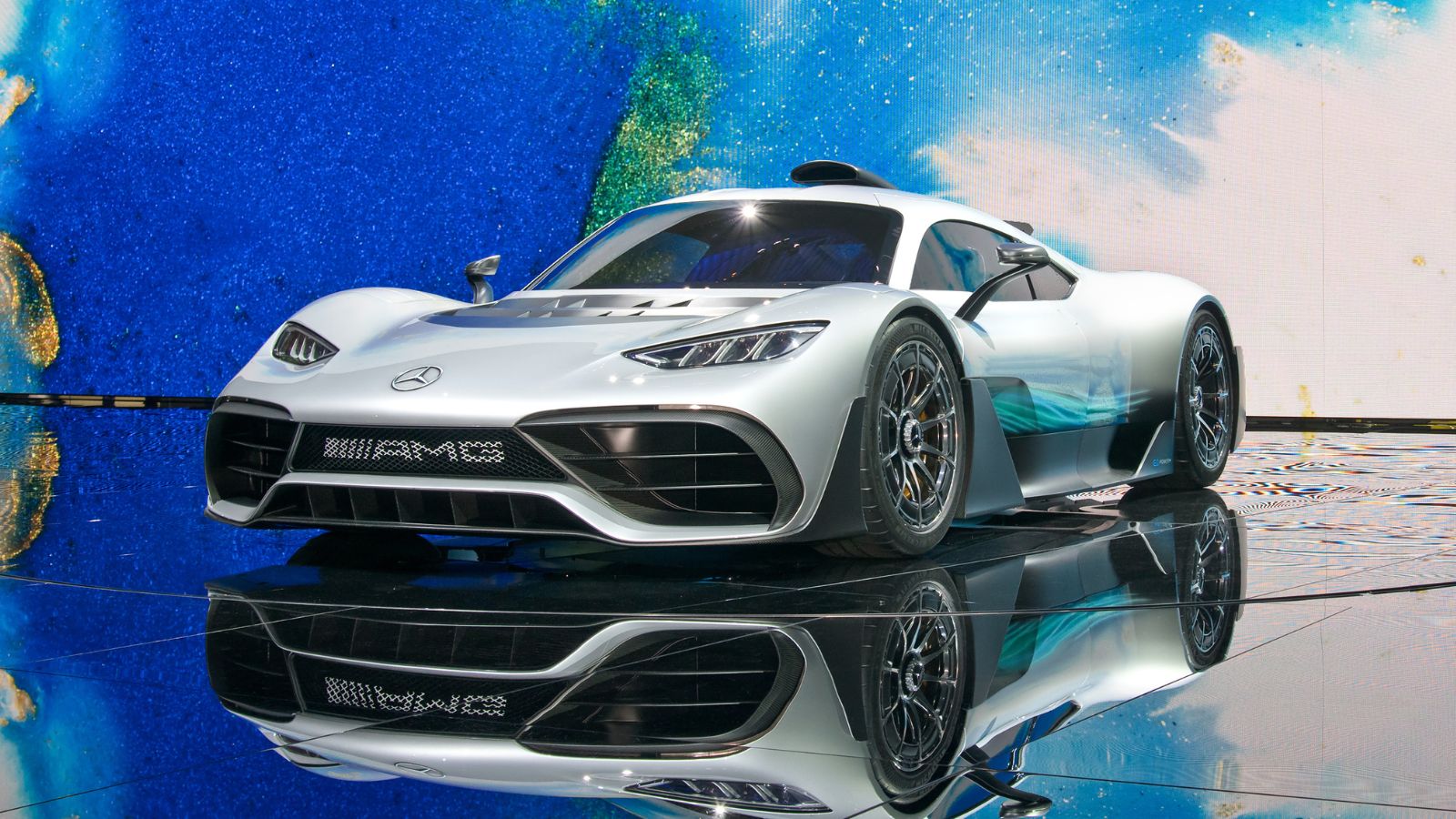
The Mercedes-AMG ONE is a marvel that showcases Mercedes-AMG’s commitment to pushing the boundaries of automotive engineering. This car is powered by a hybrid powertrain derived directly from Mercedes’ championship-winning F1 car, including a 1.6-liter V6 turbocharged engine paired with four electric motors. The AMG ONE’s performance capabilities are equally impressive. One of its most groundbreaking features is its active aerodynamics, including a multi-stage rear wing and adjustable front aero elements. This gives it exceptional downforce and stability at high speeds. The AMG ONE also set a Nürburgring lap record for production cars in 2022, completing the circuit in 6 minutes and 35.183 seconds. Inside, the AMG ONE features a driver-focused cockpit with a digital instrument cluster and a steering wheel inspired by the F1 design. The Mercedes-AMG ONE was already bringing cutting-edge motorsport technology to the road.
Czinger 21C
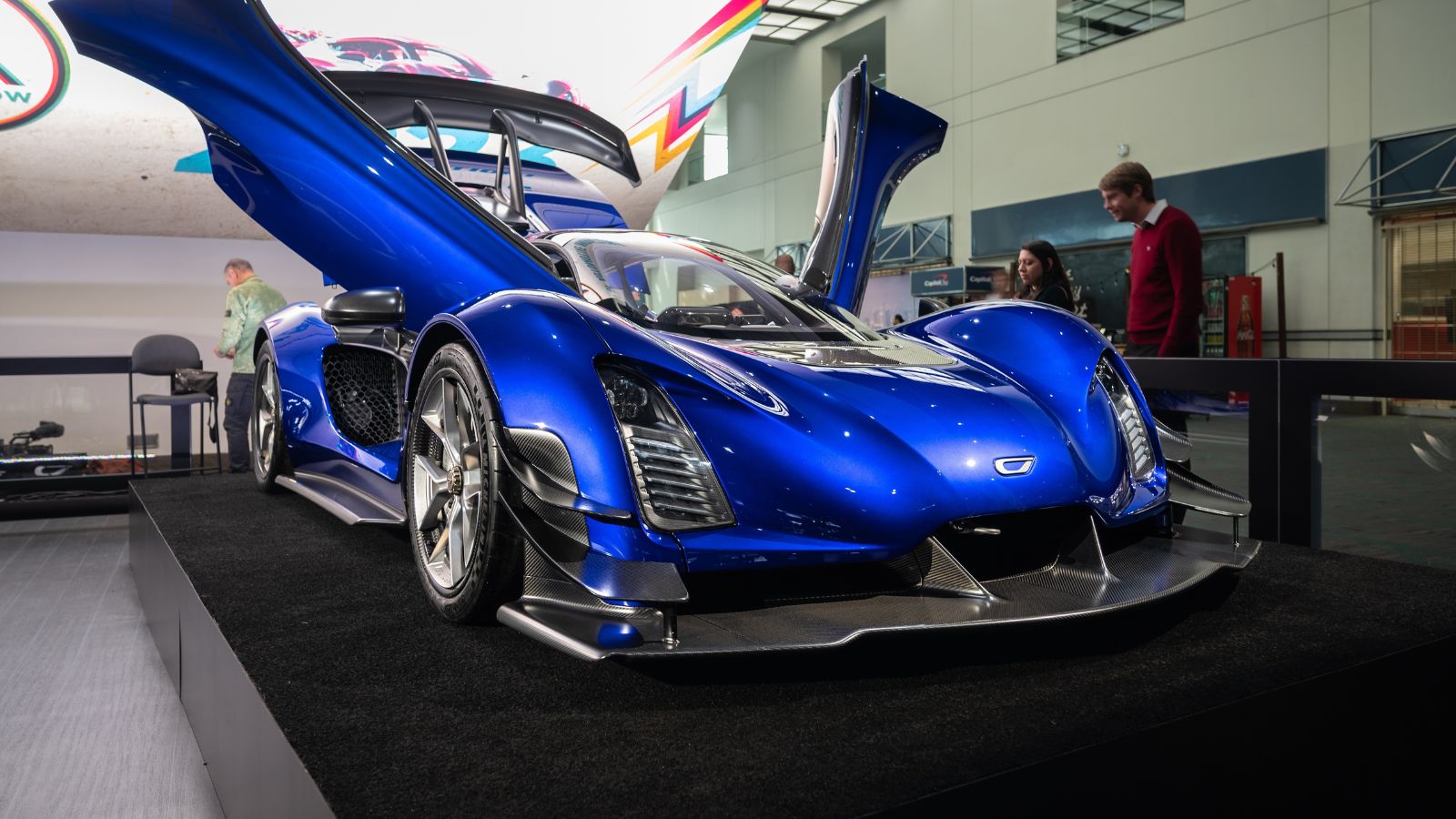
The Czinger 21C car made headlines with its innovative manufacturing process and record-breaking performance figures before it even hit the road. However, what sets the Czinger 21C apart is its use of 3D printing and AI-driven design. The car’s components are 3D printed using lightweight materials like titanium and carbon fiber, allowing unprecedented precision and weight reduction. The 21C’s design is also heavily influenced by aerodynamics, with a unique “jet fighter” seating arrangement and active aerodynamic elements that adjust to optimize downforce and drag. In 2021, the Czinger 21C set a new record at Laguna Seca Raceway with a lap time of 1:25.44, beating the previous record held by the McLaren Senna. With its innovative engineering, the Czinger 21C stands as a symbol of the future of hypercars.
Pininfarina Battista
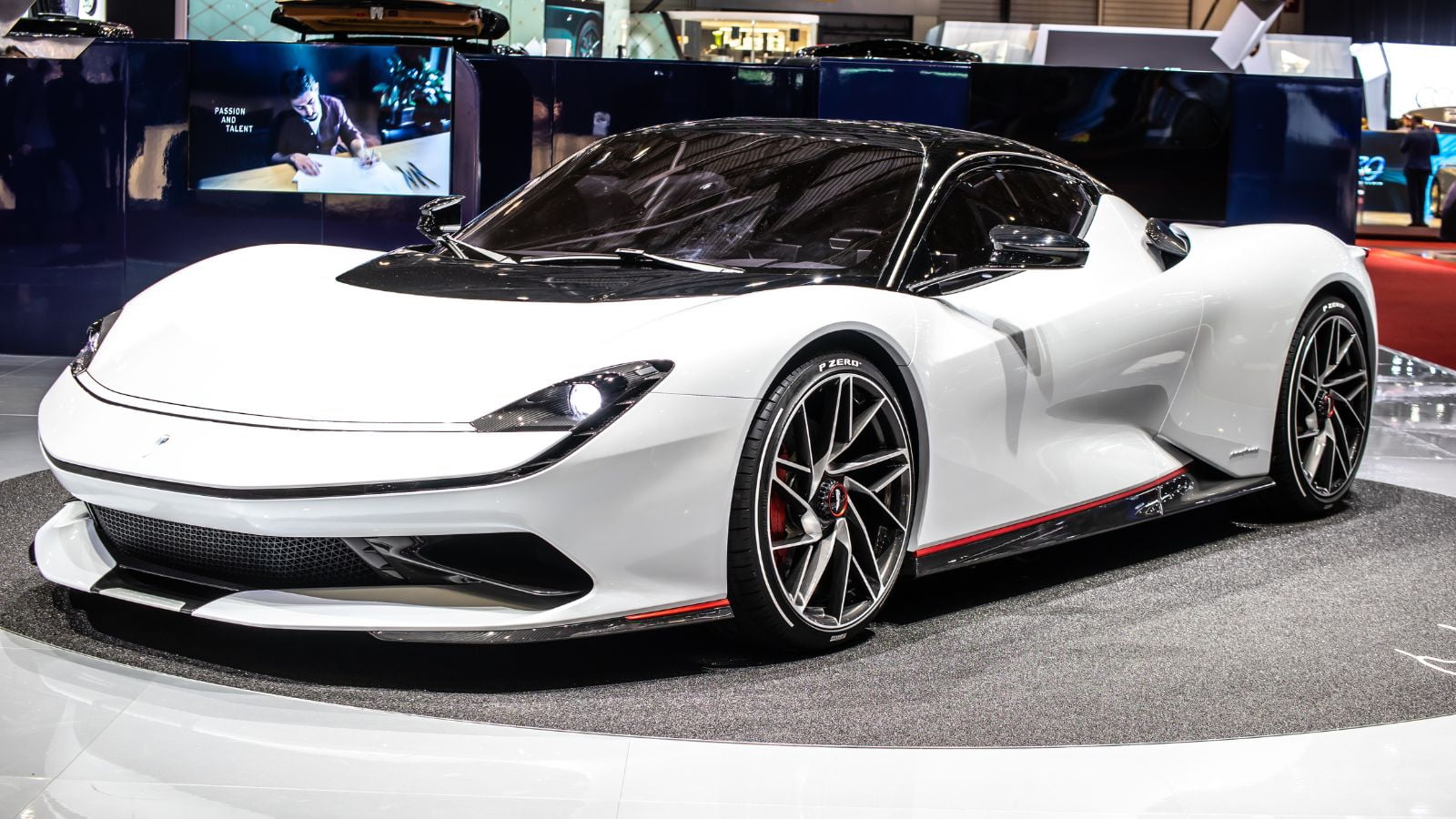
The Pininfarina Battista had already made waves with its all-electric powertrain and stunning design long before its official release. The Battista is powered by four electric motors, one at each wheel. The car accelerates from 0 to 60 mph in under 2 seconds and reaches a top speed of 217 mph. The Battista’s design is a testament to Pininfarina’s legacy of creating beautiful and timeless automobiles. The car features a sleek, aerodynamic body with active aerodynamics, including a rear wing and front splitter that adjusts to optimize downforce and stability at high speeds. The interior is also a blend of luxury and technology, with a digital instrument cluster, touch-sensitive controls, and customizable displays. This combination of speed, innovation, and elegance sets the Battista apart in the electric vehicle market.
Hennessey Venom F5
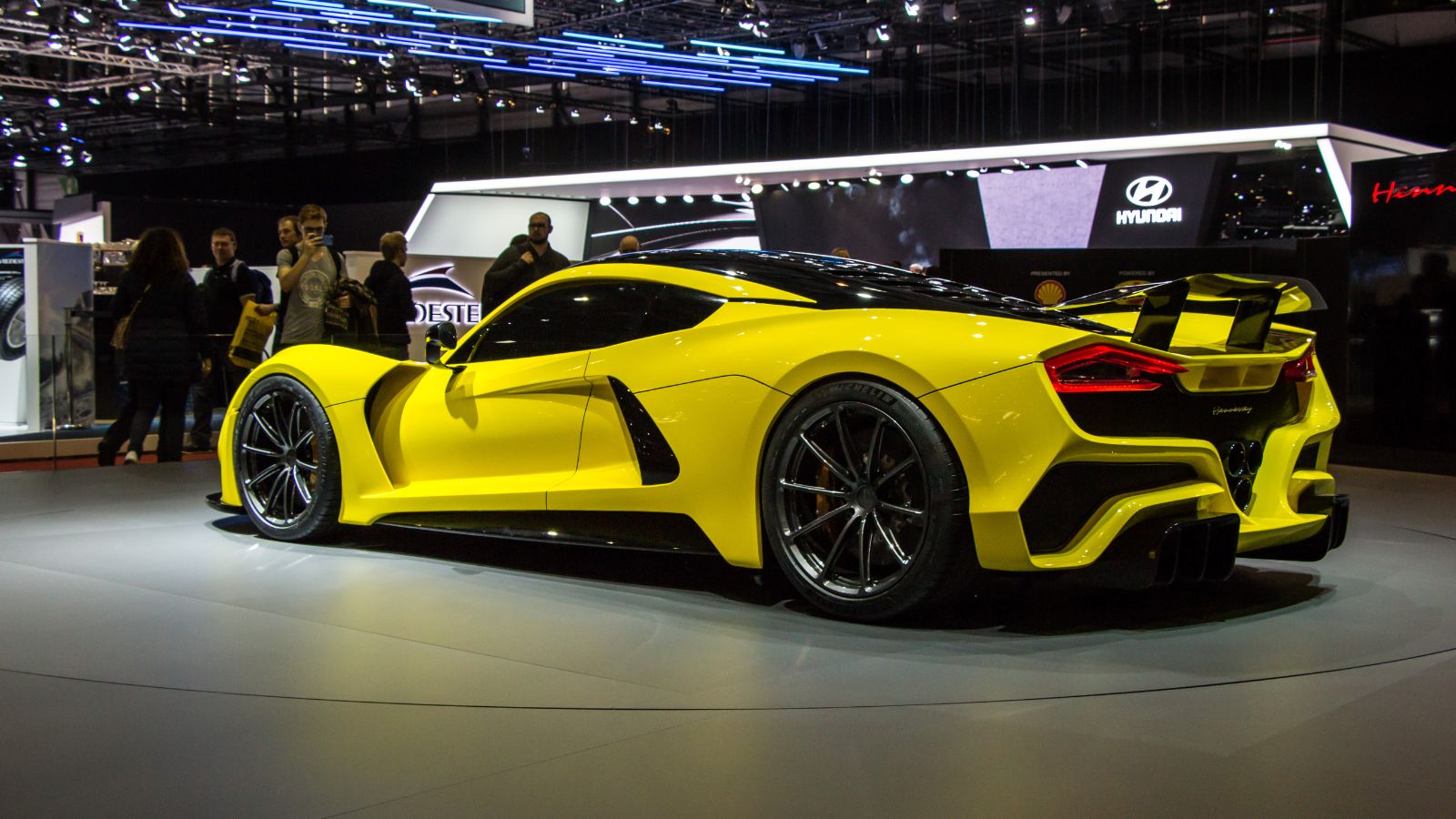
The Hennessey Venom F5 is a modern engineering marvel that breaks speed records and redefines hypercar performance. Powered by a 6.6L twin-turbo V8 engine, the F5 delivers an incredible 1,817 horsepower, propelling it from 0 to 60 mph in under 2.6 seconds. Its top speed target is a jaw-dropping 311 mph (500 km/h), challenging Bugatti and Koenigsegg for the title of fastest production car. The vehicle is named after the highest rating on the Fujita tornado scale, symbolizing its extreme speed and power. Hennessey also integrated a sophisticated suspension system and high-performance Michelin tires to handle extreme speeds. Now, priced around $2.1 million, the Venom F5 offers exclusivity, as only 24 units are being produced. This beast promises a thrilling mix of cutting-edge technology and record-shattering ambition.
Tesla Roadster (Second Generation)
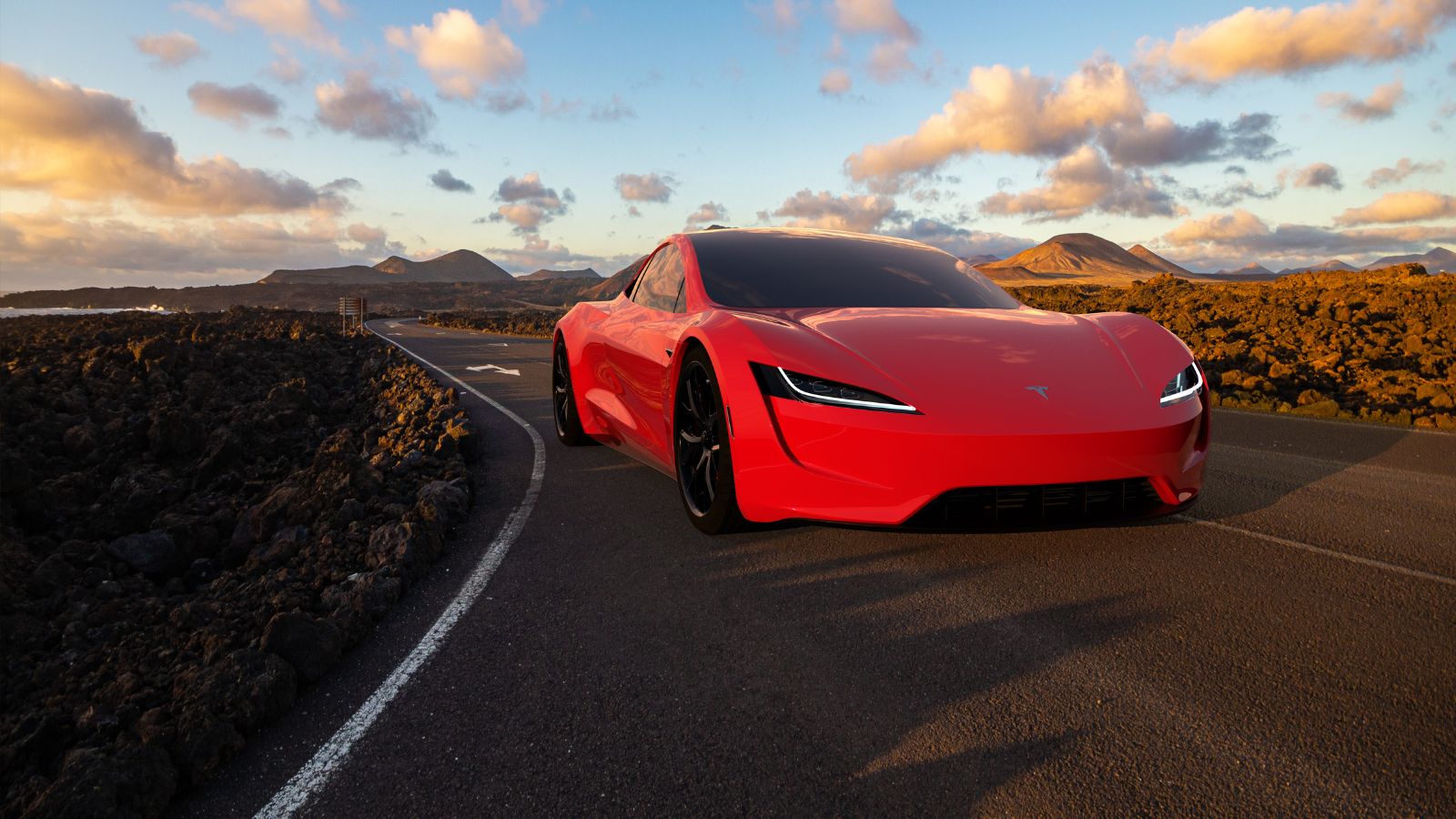
The second-generation Tesla Roadster redefines electric performance with its astounding specifications. Tesla claims that the Roadster will be the fastest production car in the world, with a 0 to 60 mph time of just 1.9 seconds and a top speed of over 250 mph. The car is powered by three electric motors, one in the front and two in the rear, providing all-wheel drive and a combined output of over 1,000 horsepower. One of the most remarkable aspects of the Roadster is its battery technology. Tesla claims the car will have a 200-kWh battery pack, providing a range of over 620 miles on a single charge, making it the longest-range electric car ever produced. The Roadster’s innovative torque vectoring system enhances handling, while its lightweight carbon fiber construction contributes to its impressive acceleration. With these innovations, the Roadster is already setting new standards for electric vehicles, blending cutting-edge technology with blistering speed and impressive range.
14 Supercars Under $100K That Deliver Breathtaking Speed and Style
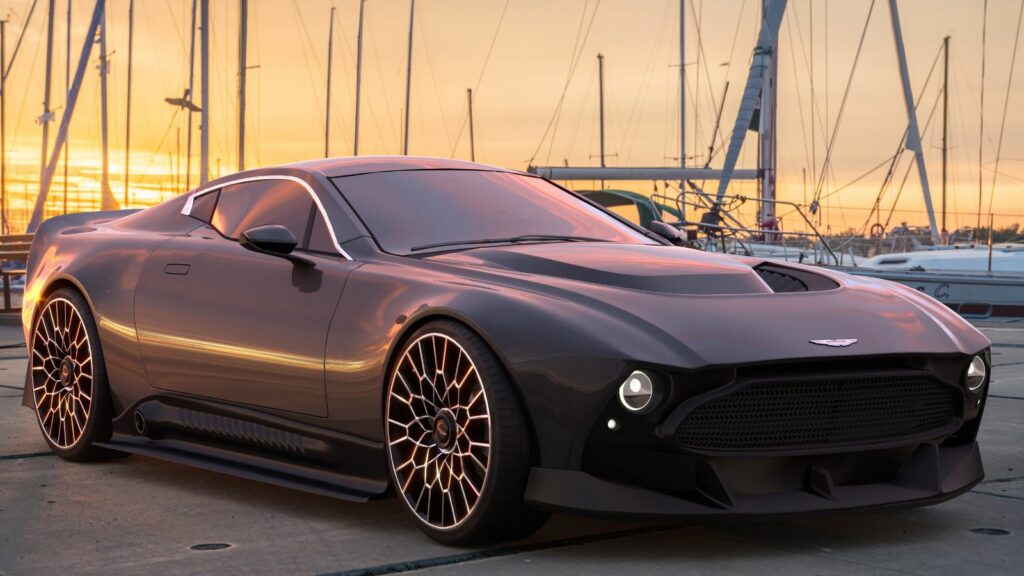
When you think of supercars, names like Ferrari, Lamborghini, and McLaren often come to mind, along with their staggering price tags. However, high-performance vehicles aren’t exclusively reserved for the super-rich. There exists a sweet spot where speed, style, and (relatively) sensible pricing converge, offering thrilling rides without completely obliterating your bank account. Hop in as we explore 14 underrated supercars under $100K.
14 Supercars Under $100K That Deliver Breathtaking Speed and Style
